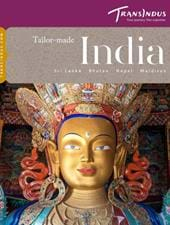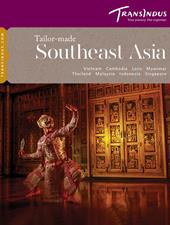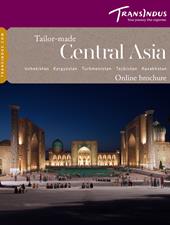Save £100 per person on list prices
Save £100 per person on ALL Group Tours booked between September and the end of December 2025.
Group Tour
- Duration8 Days
- Flights IncludedNo
- Prices From £ 1295
 Places Visited :
Amman – Dead Sea – Aqaba – Petra – Amman
Places Visited :
Amman – Dead Sea – Aqaba – Petra – Amman
Join us on this compelling 8-day tour of Jordan’s scenic and cultural highlights, featuring the cream of the country’s extraordinary desert landscapes and Greco-Roman ruins. It begins in the capital, Amman, with a visit to Citadel to see the still beautiful ruins of the city’s Roman and Byzantine periods and the sublime colonnaded Forum at Jerash before proceeding to the Dead Sea for a spa break. From there, we continue to Aqaba and the moonscapes of Wadi Rum before arriving at Petra to visit the incredible ‘Rose City’ built by the ancient Nabateans. We return to Amman for further sightseeing of Desert Castles before returning home.
This tour is operated by our partners in country. The group size may vary from 2 people to 25
or more.
Remember, this trip can be personalised to suit your travel needs - we can tailor everything from hotel, travel type, duration and more.














